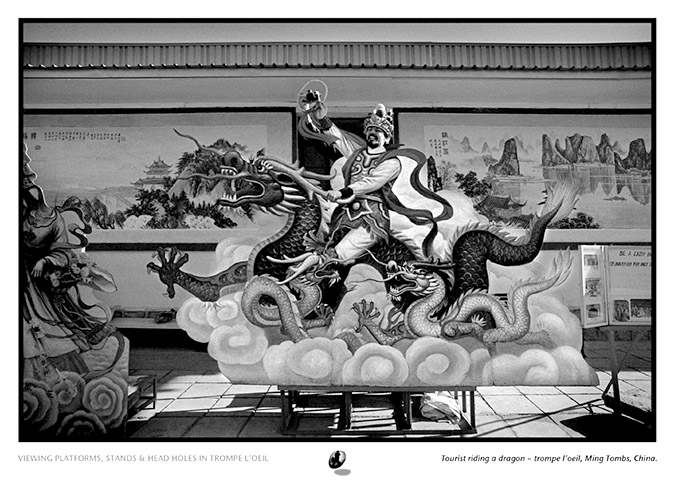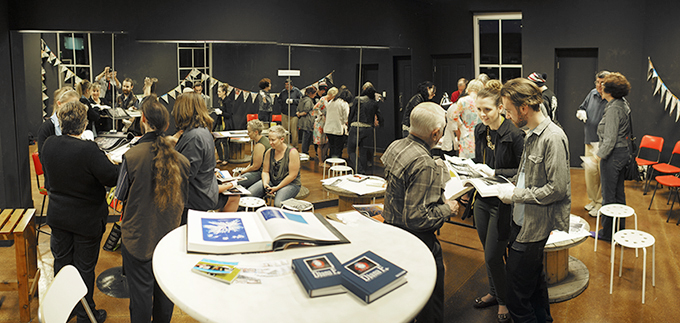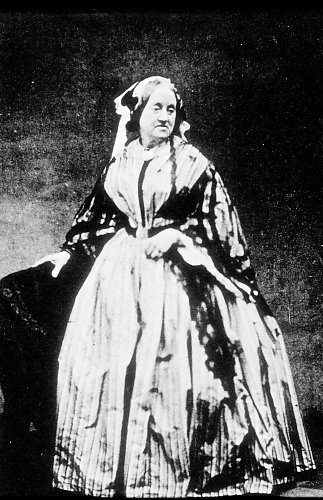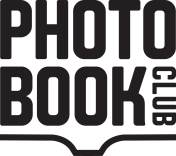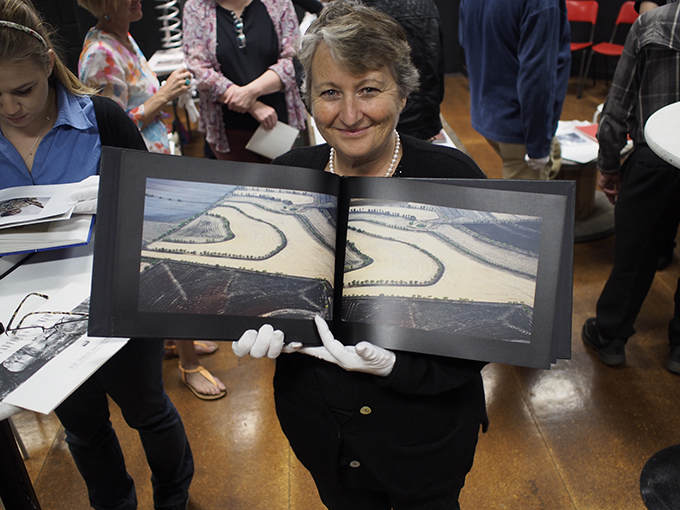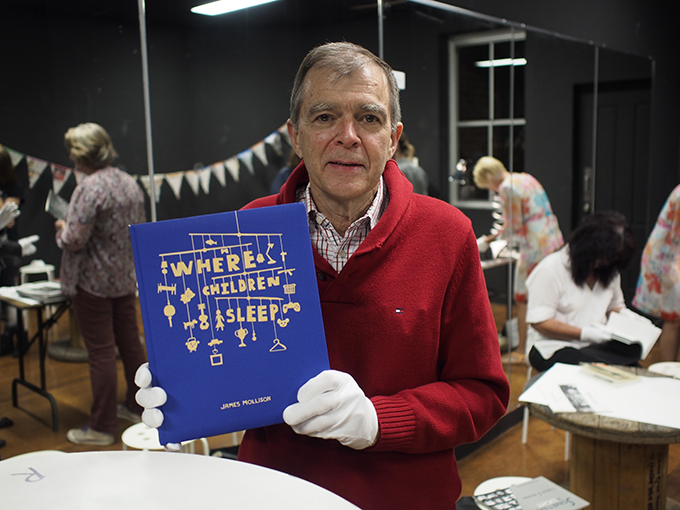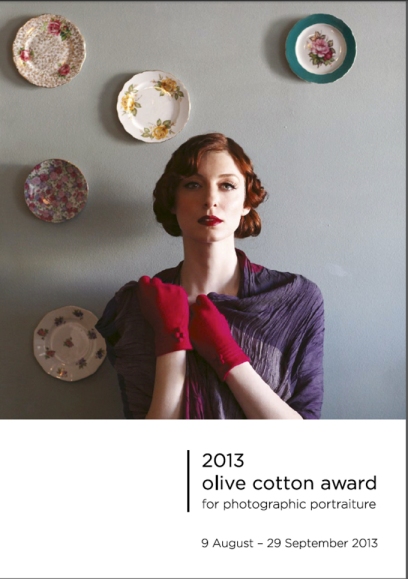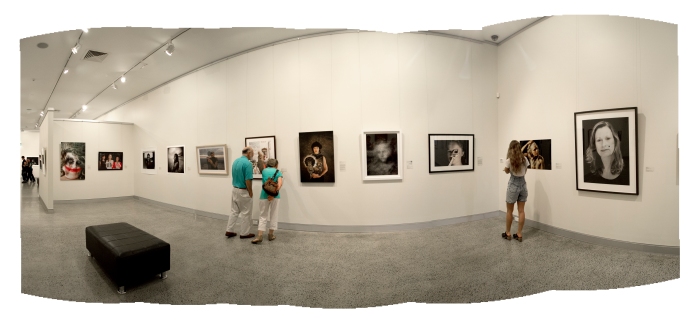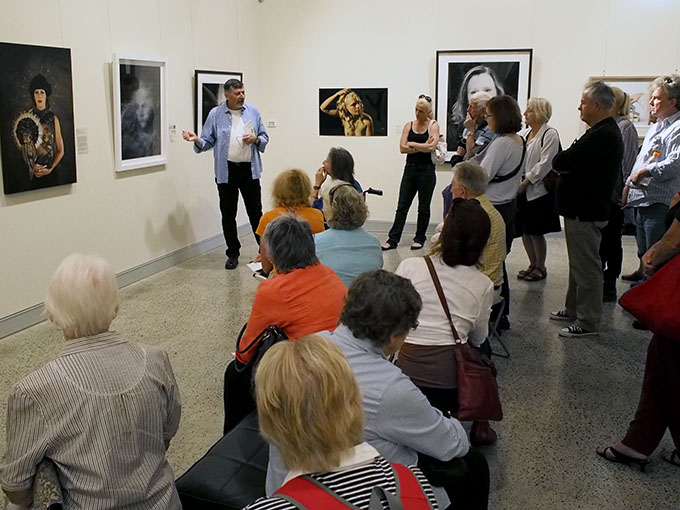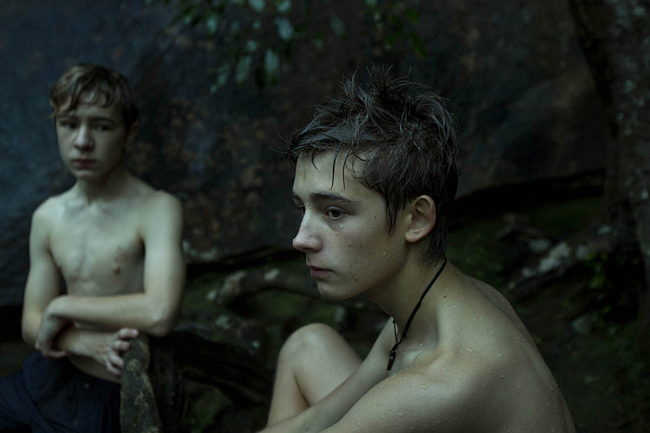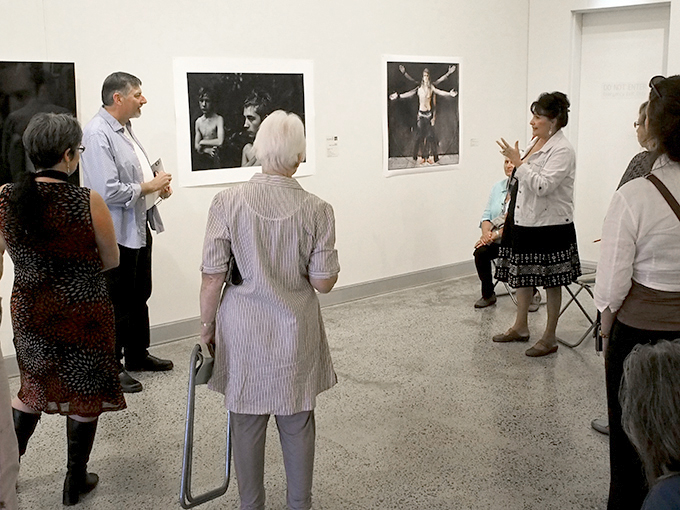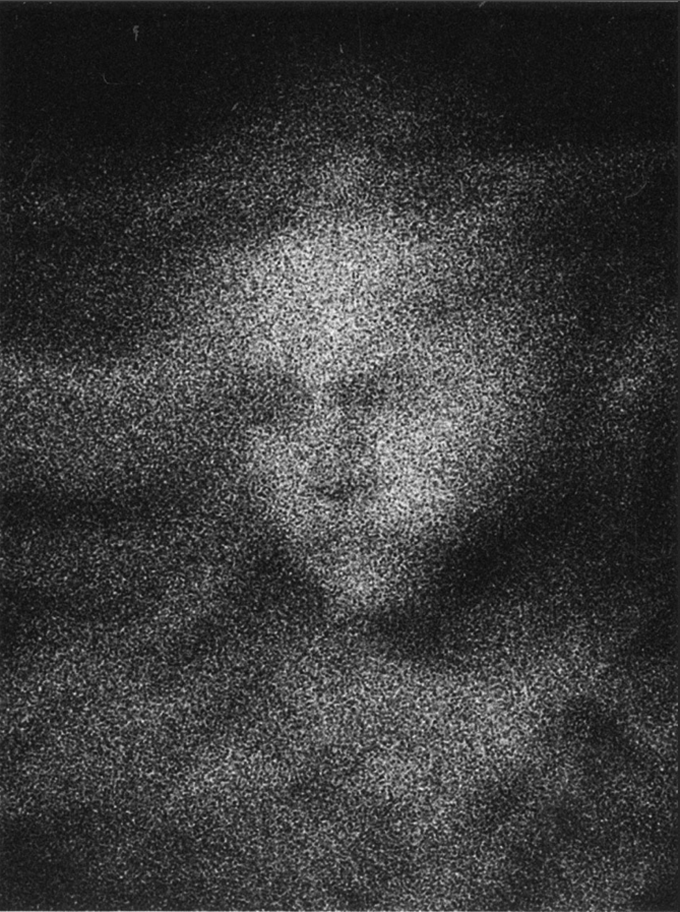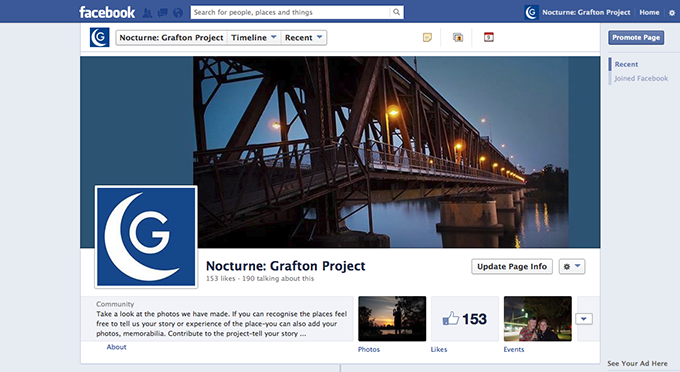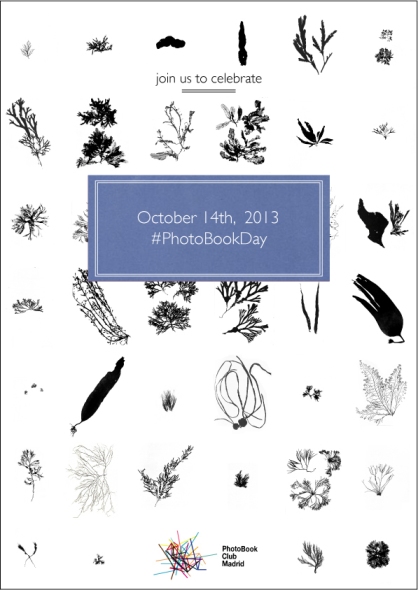Archive for October 2013
SELFIES: A history according to Doug & Others
.
This recent Facebook post of a photo I made with Darren Jew in 1987 resulted in discussion around the idea of the ‘Selfie’ and my early connection with the technique. Around 12 years ago I discussed my inspiration and work with self-imaging in a university thesis – For your interest I publish the text here and add some images that date from my use of ‘Selfies’ in the 1980s.
For me the term ‘Selfie’ is a self image made by holding the camera at an arms length and angled back towards the photographer.
.
.
Self imagineering and portraits (now called Selfies)
.
For some time my photography has included the self-portrait. The inspiration came from a friend (John Elliott) in the early 1980s who held up the camera before himself and friends and then fired the shutter. He attributed his use of the technique to Jean Pigozzi a Hollywood paparazzi photographer who employed this method to make pictures which showed himself posing with the rich and famous subjects he photographed. In the book Pigozzi’s Journal of the Seventies Jann Wenner, then the Editor of Rolling Stone magazine, was to write in his introduction a description Pigozzi’s self-portraits as being: the ultimate fantasy of the fan in everyone: A picture of yourself with your favourite star. Conquests! Self-immortalisation!
.
.
My use of the technique was basically to make images documenting myself at tourist locations as I travelled usually as a photo tour leader. Perhaps I was a ‘fan’ of the location, the location was one of my ‘conquests’, or maybe I sought ‘self-immortalisation’ through the photo – whatever. For me it just seemed the logical way of resolving problems relating to the imaging of personal experiences.
Using a 35mm Leica rangefinder camera with 35mm, and later with a 21mm lens, enabled wide angled views and sufficient depth of field to achieve the view I wanted. These self-portrait images often exhibit a random approach to composition as precise viewfinder alignment was not possible. I took care not to ‘dress up’ for the photograph so my appearance is what it was – no brushing of the hair, no straightening of the collar. They are, as intended, frank and factual.
.
.
In time these images formed a collection of “This is me at. . .“ pictures. They were a kind of “Foo was here” with me being the Foo graffiti figure. On occasions the only reason I would stop and photograph at a particular location was to capture another self-portrait for the collection. Sontag in her book On Photography alludes to this modus operandi in her comment that: Travel becomes a strategy for accumulating photographs. Travel and self-imagineering was indeed to put me in situations where I could produce photographs that told of my experience – often in a humorous way.
.
.
.
There were other aspects pertaining to self-imagineering work which encouraged my practice. I found that thrusting the camera before myself and in front of tourists assembled at the place of visitation was a kind of art performance. It was a spontaneous act; a celebration of experience that culminated in the ritual of photo taking. Self-imaging was crammed with fun and triviality. And having fun, and being seen to have fun and capturing that fun were certainly part of the agenda that drove my interest in this activity. The technique often caught on and doin’ a self-portrait became part of my fellow tourist’s recording rituals as well.
.
.
Abridged from a Graduate Diploma thesis entitled My Shadow and I by Doug Spowart 2002. The thesis contains a discussion on the artist as tourist and the self-image as a document of personal experience.
.
SOME MORE IMAGES:
.
.
.
.
NEW UPDATES ON ‘SELFIES’
Texas town errects ‘selfies’ statue…
TEXTS ON PIGOZZI
http://www.helmutnewton.com/previous_exhibitions/pigozzi_and_the_paparazzi/index.html
A. D. COLEMAN’S COMMENT
A RECENT ADDITION TO THE DISCUSION ON ‘SELFIES’ (Although I’d say it was a self portrait)
http://www.openculture.com/2013/11/the-first-selfie-in-history-1839.html
AND ‘THE OXFORD DICTIONARY ‘WORD OF THE YEAR’
http://blog.oxforddictionaries.com/2013/11/an-infographic-of-selfie
AND A SPANISH INFOGRAPHIC
ANOTHER INFO GRAPHIC (English)
http://www.bestcomputerscienceschools.net/selfies/
.
Images and text © Doug Spowart
..
.
This work is licensed under a Creative Commons Attribution-NonCommercial-NoDerivs 3.0 Unported License.
.
.
.
.
CAMERA OBSCURA 2000–2020: In hotels and other places
.
Our rhythms insert us into a vast and infinitely complex world, which imposes on us experience and the elements of this experience. Let us consider light, for example. We do not perceive it as a waveform carrying corpuscles but as a wonder that metamorphoses things, as an illumination of objects, as a dance on the surface of all that exists.…………
Henri Levebvre, Rhythmanalysis; Space, Time and Everday Life, page 82.
.
Cooper+Spowart: 20 years of Camera Obscura Collaborations
In our collaborative work, we are interested in both the physical construct and cultural conventions that inform and shape us. This includes the common rituals and structures that surround, support and transport us in our everyday lives. In this work we have extended the context of documentary photographic methodology to include the narrative potential of the camera obscura and architectural projections.
.
.
In the camera obscura work the viewer’s perception of the everyday is spatially challenged. The structures that can form camera obscura are everywhere, but some spaces present themselves as clearly suitable for the making. This could be a city office, a motel room, a country bathroom or even a car. Our work attempts to contextualize the experience of the camera obscura within a concept, space or site. Upon entering the darkened space, the viewer is initially displaced, as the familiar image of the everyday is dim and unrecognizable. Then after time spent in the camera obscura, the image becomes clearer and the familiar is re-established ultimately resulting in a relocation of the observer’s awareness of place.
.
.
.
.
.
.
Some background on the set-up for the Travelodge camera obscura:
Simple black garbage bags and some black electrical tape from the local 711 store. An aperture cut from a ‘found’ piece of aluminium – size around 8mm … we don’t use sophisticated glass lenses – these are direct light projections. A digital camera bares witness to our experience by capturing the image of the camera obscura projection.
.
.
.
OUR MOST RECENT CAMERA OBSCURA: ORPHEUS ISLAND BEACH TENT
(A collaborative event with John de Rooy, Spyder Displays and the Orpheus Is Photo Workshop)
TO VIEW OTHER CAMERA OBSCURA WORK BY COOPER AND SPOWART SEE THE LINKS
.
Our Website:
http://www.cooperandspowart.com.au/4_PROJECTS/RoomCameraObscura-Project.html
The porthole on the Spirit of Tasmania Ferry
https://wotwedid.com/2019/01/11/2018-field-studies-camera-obscura-spirit-of-tasmania-porthole/
Our car converted into a camera obscura and driven across Australia:
http://www.cooperandspowart.com.au/4_PROJECTS/CarCamera-Project.html
Two New Zealand Camera Obscuras in the the Queenstown Rydges Hotel:
https://wotwedid.wordpress.com/2012/05/07/two-new-zealand-camera-obscuras/
A public Camera Obscura performance and live video:
https://wotwedid.wordpress.com/2013/04/22/camera-obscura-pinhole-event-foto-frenzy-a-report/
YouTube videos:
http://www.youtube.com/watch?v=lyA5QP-mX-E
A camera obscura at the Queenstown Centre fro Creative Photography:
https://wotwedid.wordpress.com/2012/05/07/camera-obscura-qccp/
A World Pinhole Day Camera Obscura at Mt Barney:
https://wotwedid.wordpress.com/2013/04/29/world-pinhole-photography-day-our-contribution/
.
.
© 2019 Victoria Cooper and Doug Spowart for 20 Years of Camera Obscuras Projects
..
.
This work is licensed under a Creative Commons Attribution-NonCommercial-NoDerivs 3.0 Unported License.
.
.
Map of activities, #PhotoBookDay 2013
Toowoomba joined the world on PhotoBook Day – Here is the report…
After collecting the activities that were organized, this is the resulting map of activities of World PhotoBook Day 2013.
In the following posts we will continue with some of the stories behind all theses activities. So links will change as long as new stories come up.
WORLD PHOTOBOOK DAY: Toowoomba Oct 14, 2013
.
WORLD PHOTOBOOK DAY – CELEBRATED IN AUSTRALIA
.
.
The city of Toowoomba in Queensland Australia celebrated World Photobook Day with a group of around thirty attending a Photo Book Club meeting. The event was held at TheGRID: Hybrid Arts Collective. The participants were from a wide range of photographically interested people: some from the local TAFE college, The Toowoomba Photographic Society, professional photographers, artists and academics. Each brought with them a favourite photobook to share and talk over with others. There were some precious books, some funky contemporary publications, and some of the more traditional coffee table tomes.
.
.
Event coordinator Doug Spowart welcomed the group and gave some background on the history of the photobook and the amazing place that Anna Atkins has within that history. On hand was the Badger and Parr The Photobook: A History Vol1 opened to the page of the Atkins Algae of the British Isles. Doug announced that an acquaintance of he and Victoria Cooper’s – Gael Phillips, was a distant relative of Anna Atkins and that whilst be unable to attend she has provided a commentary on the times, life and family. Gaels words are as follows…
… I thought I might give you a few details of the family of Anna Atkins, nee Children, which may help to explain the setting in which she produced the world’s first photographic book. My cousins, Elizabeth Parkes and Jean Doggett, with input from other family members, have published an account of our family which includes chapters on the Children family. At their family home, “Ferox Hall”, in Tonbridge, Kent, John George Children, Anna’s father and George Children, her grandfather, had built the largest electric battery the world has ever seen at their private laboratory. They were collaborating with Sir Humphry Davy on electrical experiments. It was because of her family’s experience with battery technology and electrochemistry, and almost certainly with the help of her father, that Anna would have had access to sufficient ferric ammonium citrate to produce cyanotypes. Her publication of “Photographs of British Algae” first appeared in October 1843 – British Algae – Cyanotype Impressions. Fox Talbot, a friend of the family, and from whom Anna had obtained her first camera, published “Pencil of Nature” between 1844 and 1846, in several parts. In 1979 Professor Larry Schaaf brought the attention of the world to the fact that the author of the world’s first photo book, AA, was Anna Atkins.
Anna Atkins, nee Children, was born in 1799. Her mother, Hester Anna Children, nee Holwell, was the grand-daughter of Governor Hollwell, one of the survivors of the Black Hole of Calcutta in 1756. Hester never recovered from the birth of Anna and died in 1800.
Anna also wrote a biography of her father, partly concealing her authorship under the initials, “AA”, as she did with her “Photographs of British Algae”.
.
.Anna and her husband, John Pelly Atkins, had no children of their own. Anna died in 1871 and her husband a year later. Their home, “Halstead Place”‘ has since been demolished.
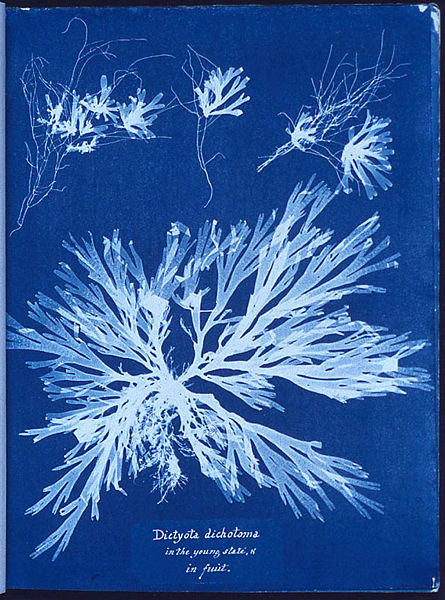
A photogram of Algae, made by Anna Atkins as part of her 1843 book, Photographs of British Algae: Cyanotype Impressions. Courtesy of The New York Public Library http://www.nypl.org.
.
Naturally my favourite photo book (or books, because the Cyanotypes of British Algae by AA run to three volumes) – “Photographs of British Algae – Cyanotype Impressions” by Anna Atkins, my distant cousin. In 1992 I had the great privilege to view copies of the volumes at the Library of the Royal Society in London. The edition ran from between 10 to 12 copies and a few of the plates from one of the copies are held in the National Gallery of Australia in Canberra.
I wish you all well for this celebration of the world’s first photo book by Anna Atkins.
Doug thanked Gael for her insight into the lady whose premier photographic pursuit we celebrate today.
Guests were then invited to continue their looking and talking about books, photography and other worthy matters. It was a remarkable event and one which will no doubt repeated in the future –– but it will be sooner than the next time we gather, once again, to celebrate WORLD PHOTOBOOK DAY.
..A PHOTOBOOK CLUB EVENT
.
HERE SOME IMAGES OF ATTENDEES AND BOOKS … A detailed list of books presented for viewing and other contributions submitted online will be added to this post in the near future.
.
Report and photographs: ©2013 Doug Spowart. Anna Atkins’ story © Gael Phillips. Images of Anna Atkins sourced from Wikipedia and acknowledged appropriately.
.
.
WORLD PHOTOBOOK DAY EVENT: October 14, Toowoomba – INVITE
.
THIS IS THE INVITATION TO THE EVENT — TO SEE THE REPORT – Click
.
Inspired by the PhotoBook Club of Madrid’s proclamation of October 14th being World PhotoBook Day, Vicky and I are organising and event in Toowoomba. We wish to revere the history and celebrate this, most enduring and important aspect of photography – the PhotoBook.
.
To participate:
- Bring: Your favourite Photobook
- Be prepared: To look at books and talk about Photobooks
- Bring: Your white gloves – save you fingerpint DNA for your own library
- Bring $5 to assist with the room hire
.
The event will take place on Monday, October 14, between 5.30-7.00pm at the MARS Gallery – The Grid: Hybrid Arts Collective, 488 Ruthven Street Toowoomba.
PLEASE RSVP – A Facebook Event Page will be posted shortly.
.
If you are unable to attend but are interested in contributing, email us <greatdivide@a1.com.au> a photo or scan of your favourite photobook’s cover with 40 words about your book – we will post these after the event.
.
FOR MORE DETAILS or ANSWERS TO YOUR QUESTIONS: Respond to this Blog/Facebook/Email/Phone us…
.
MORE INFO ON WORLD PHOTOBOOK DAY is available World PhotoBook Day | World Photobook Day
.
NOW AN INTERNATIONAL PHOTO BOOK CLUB EVENT
.
.
.
.
A PhD Conferred ‘in absentia’: And other PhD stories from Victoria Cooper
O.

Vicky receives her testamur in absentia (a place near Diggers Rest – Grafton) …..Doug — Jumps for joy!
.
Vicky has her testamur at last! Doug is very happy as he can celebrate with Vicky their PhD awards!
We reckon that Diggers’ Rest has never seen such crazy head gear…..and that it should be considered that PhD conferral ceremonies should all be like this.
.
OTHER PhD POSTS ABOUT VICKY’S STUDY CAN BE FOUND HERE
THE WOOLI STUDY CENTRE:
https://wotwedid.wordpress.com/2012/04/01/easter-wooli-study-and-research-centre/
THE PENULTIMATE DRAFT + 5 FOOD ANTIDOTES:
https://wotwedid.wordpress.com/2012/10/31/the-phd-penultimate-draft-and-5-food-antidotes/
WAITING FOR THE EXAMINERS REPORT:
.




